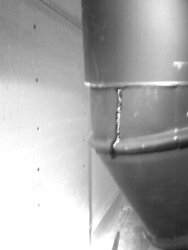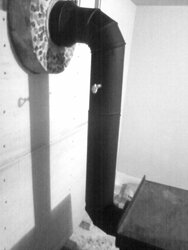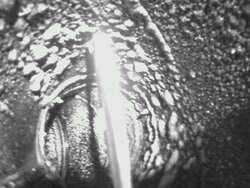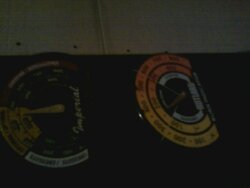My All Nighter has a flue collar which is sized perfectly to fit in the female end of an elbow. I don't see any good way to make the male end fit inside the collar (6"O.D. 5.5"I.D.). With this in mind I installed most of the stovepipe the correct way (male end down) and cut the male end off of the last pipe to make a gender changer Unfortunately I'm having trouble getting the lower elbow to seal and after a few fires it is showing drip of creosote. Can I use furnace cement, or something to seal that one reversed joint? Is there a better way to do this?
The manual for the stove actually shows a "drip tee" or "clean out tee" at the back of the stove, which would allow the correct (male down) orientation all the way and a female side to go on the collar, but then instead of running back into the stove to be burned I'll have a collection pan full of flammable creosote in the cap on the bottom of the tee. Would that be a good thing? What precautions would it require? How often will it need to be emptied?
Right now I'm burning a mix of old lath and wood scraps (primarily for kindling), an old maple that has been dead for some time but has been stored outside without shelter, and woodbricks (hardwood sawdust product, like overgrown pellets for a wood stove)
The manual for the stove actually shows a "drip tee" or "clean out tee" at the back of the stove, which would allow the correct (male down) orientation all the way and a female side to go on the collar, but then instead of running back into the stove to be burned I'll have a collection pan full of flammable creosote in the cap on the bottom of the tee. Would that be a good thing? What precautions would it require? How often will it need to be emptied?
Right now I'm burning a mix of old lath and wood scraps (primarily for kindling), an old maple that has been dead for some time but has been stored outside without shelter, and woodbricks (hardwood sawdust product, like overgrown pellets for a wood stove)





